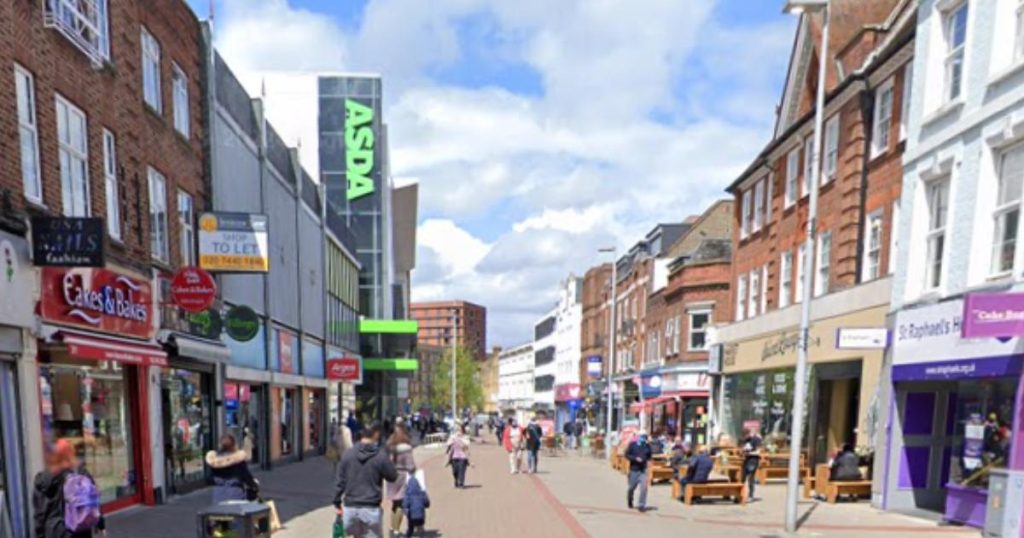While many may think of Sutton as a place for youngsters starting their careers, it is also perfect for settling down and retiring.
The Telegraph has listed Sutton as one of the best places in the United Kingdom to retire, mentioning its property prices, low crime rate, natural areas, and convenient transport links.
Sutton ranked at number 6 in the Telegraph’s list, with Richmond-upon-Thames at number 5 and Bromley at number 7.
Sutton is the cheapest London location on their list, with Merton, Kingston, and Westminster getting a mention too.
Properties in Sutton cost less than a third of what they do in Westminster, with an average house price of £493,000.
Estate agents describe the town centre as a “respectable high street” with some shops, including the St Nicholas Centre.
It also has convenient links to London, with 30-minute trains to Central London and a bus network offering regular services to Wimbledon, Kingston, and Croydon.
Sutton is one of the greenest boroughs, having parks and gardens in several places.
Beddington Park is in the north-west of Sutton and Oak Park in in the south, as well as many others, including Manor Park, Grove Park, and Cheam Park.
The town centre has been described as a ‘respectable high street’ by estate agents, according to The Telegraph, and transport is simple with trains into central London taking no more than 30 minutes.
The bus network also provides regular services to neighbouring towns, such as Wimbledon, Croydon and Kingston.
Additionally, Sutton is home to several popular restaurants and cafes, including the multi-award-winning LA Café opposite Sutton station.
The Shinner and Sudtone, a British pub, is one of the town’s favourites, serving traditional Sunday roasts and drinks, and The Hope in Carshalton has been named the Sutton Pub of the Year by CAMRA seven times over the last 15 years.
Sutton is also home to the Whitehall Museum and Honeywood Museum, which showcase the history of Sutton and the previous owners of the houses.
The Telegraph worked alongside Savills Research to examine key factors, like the number of hospitals, GPs and dentists per 10,000 people and the availability of shops and green spaces nearby.
Crime levels, apart from fraud, were also taken into account before the figures were cross-checked against average property prices.
Frances McDonald, of Savills Research, said: “Owner-occupiers aged 65-plus hold an estimated £2.6 trillion of net housing wealth, with many having reached the point where they have paid off their mortgage debt.
“In some cases, these movers are likely to reconsider the location of their home to ensure the convenience and proximity of local amenities and health services, so they can be less reliant on others in later life.”



